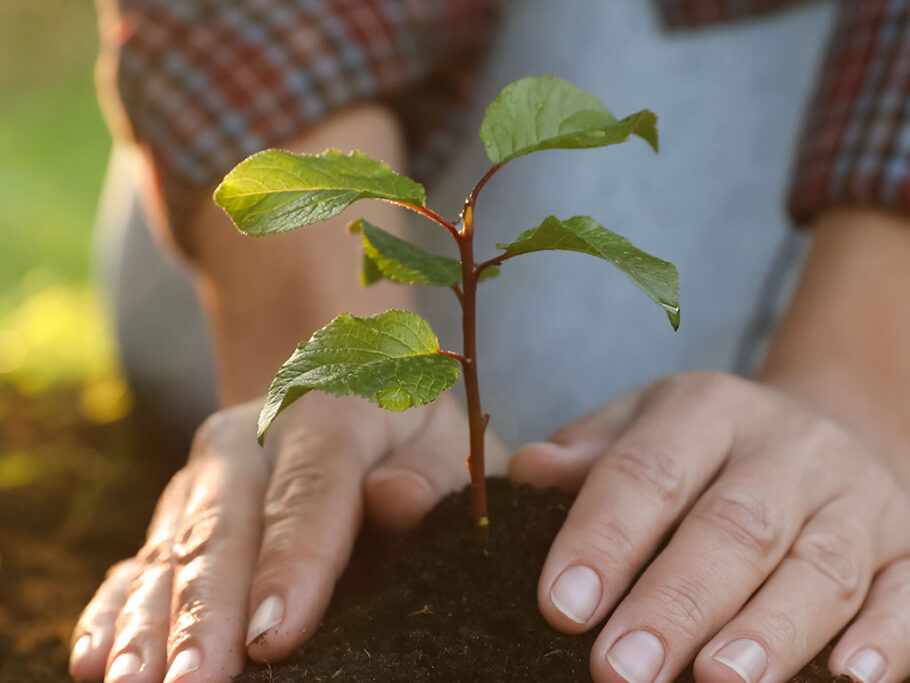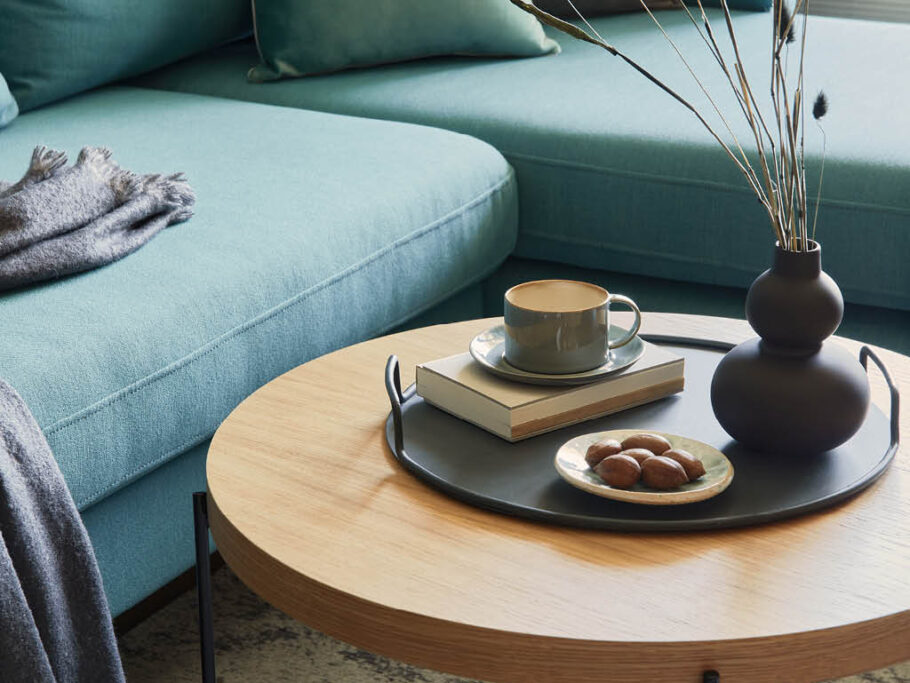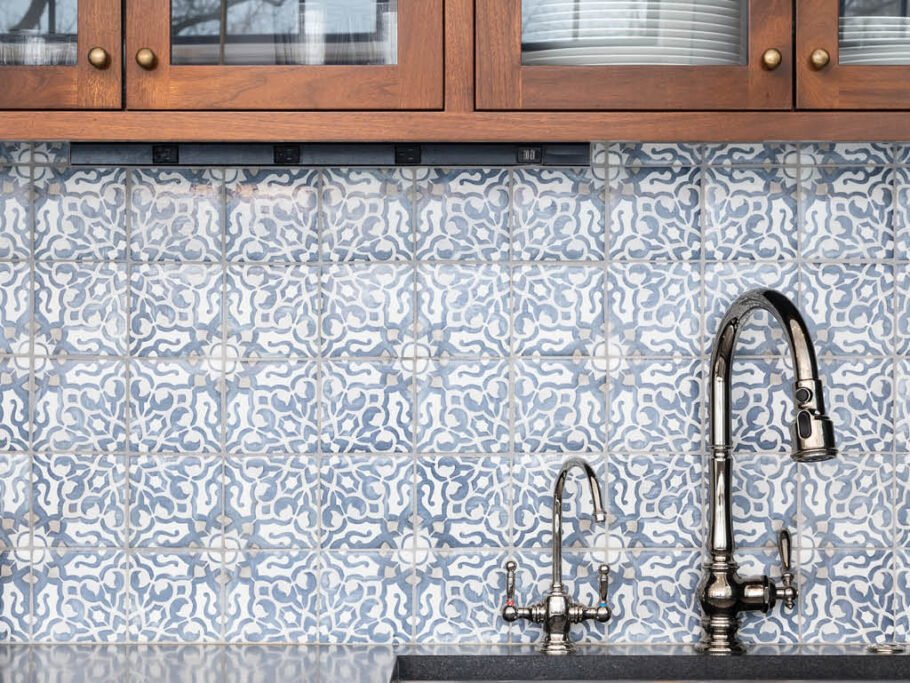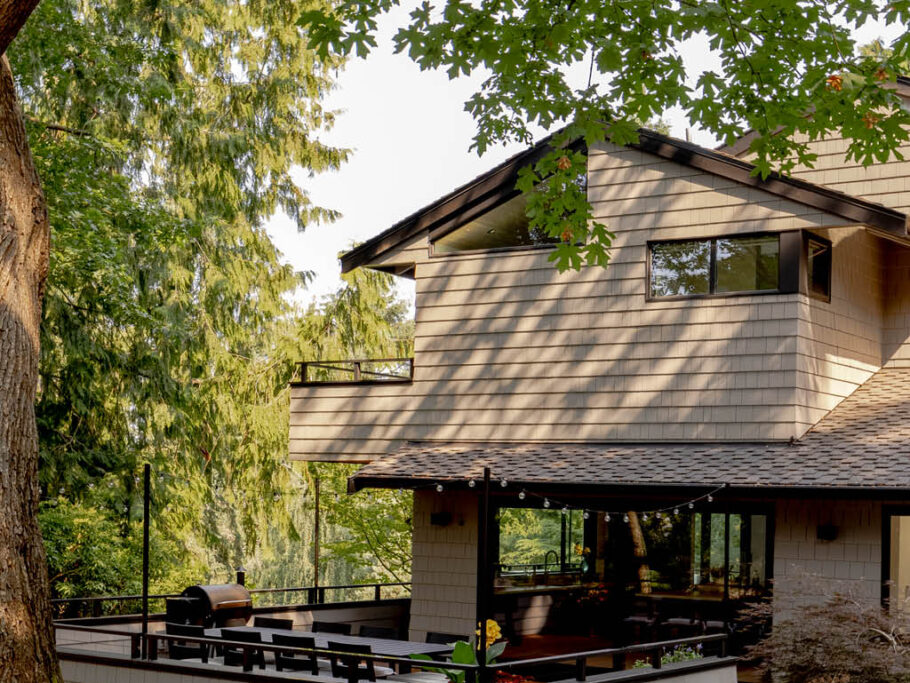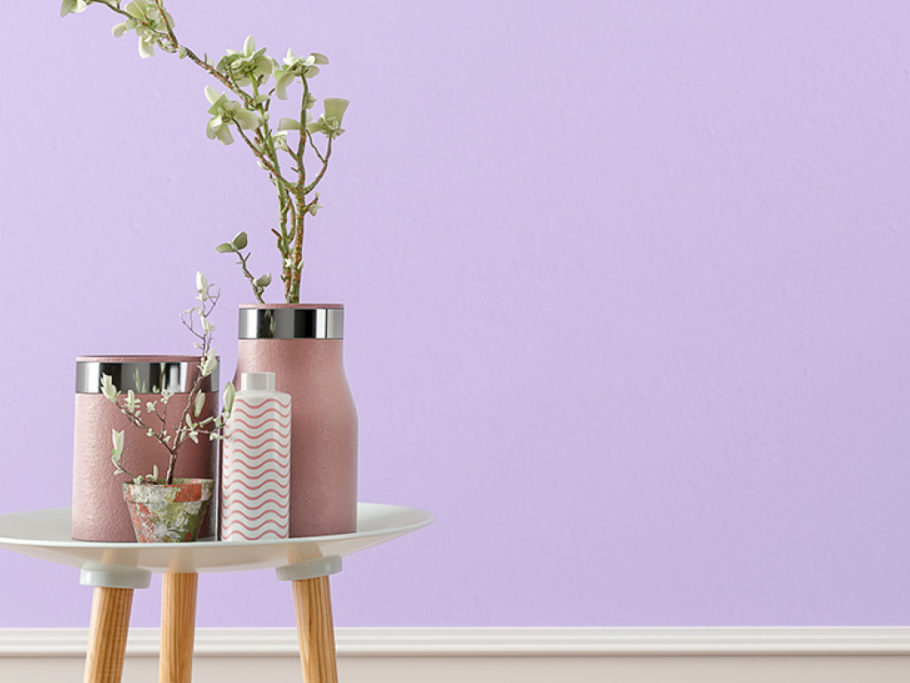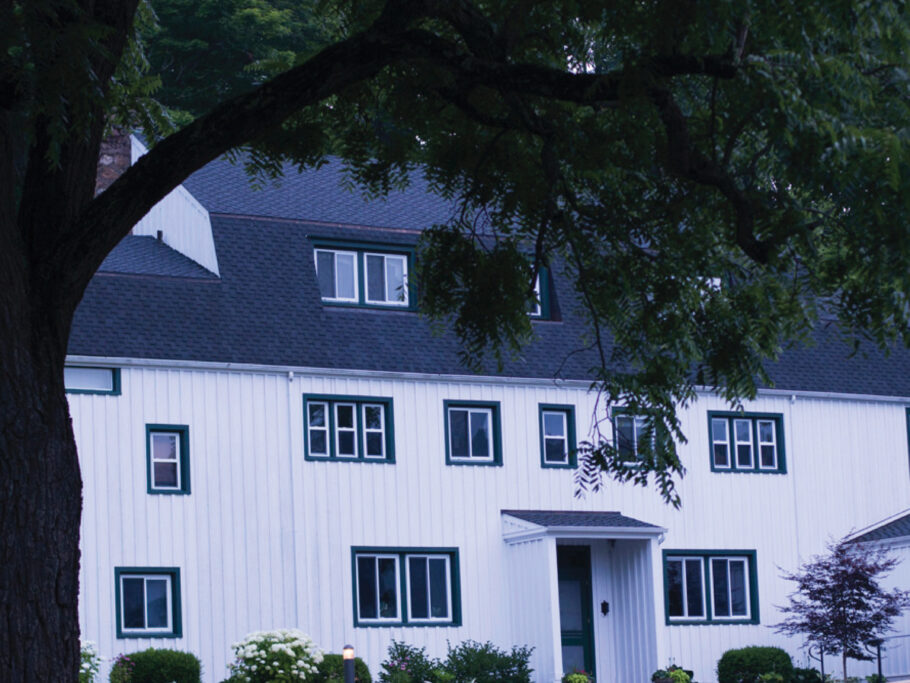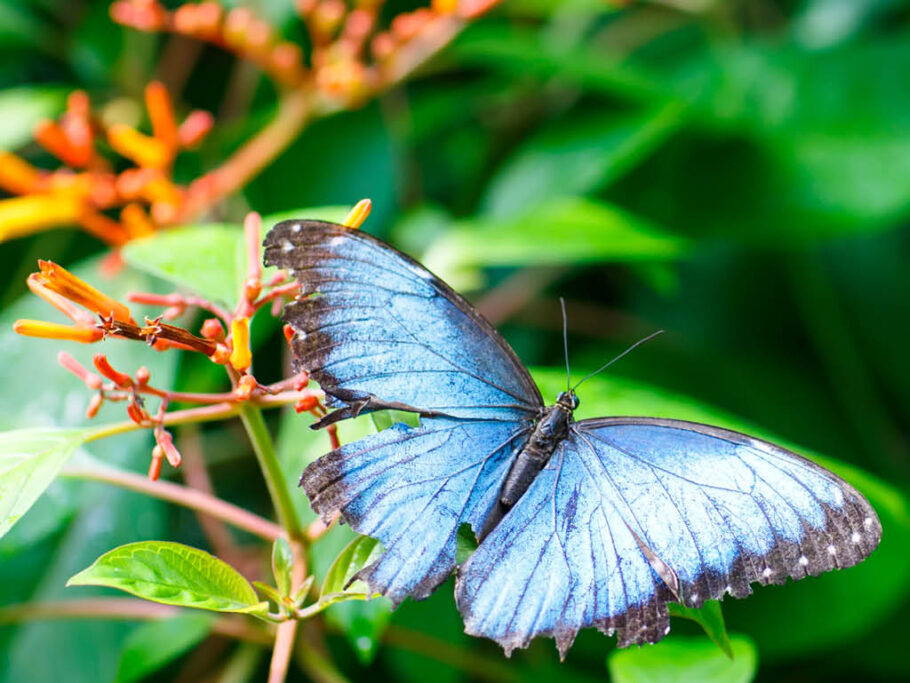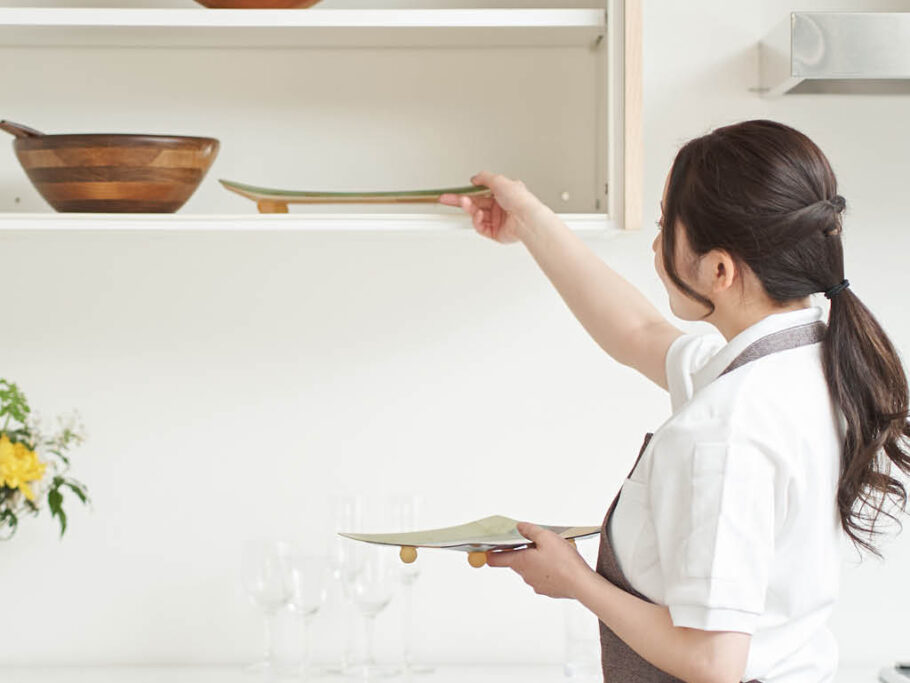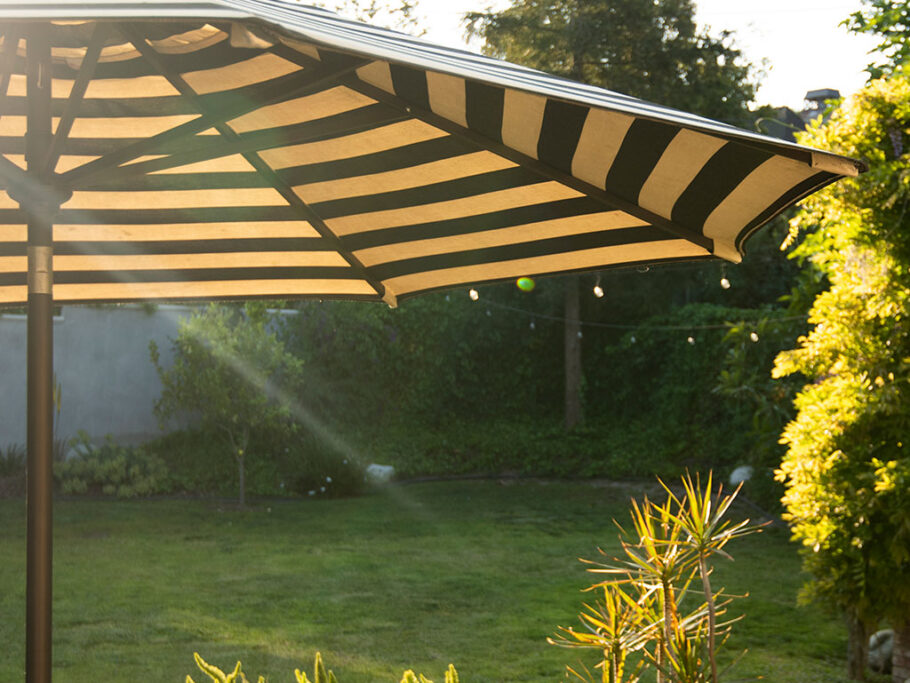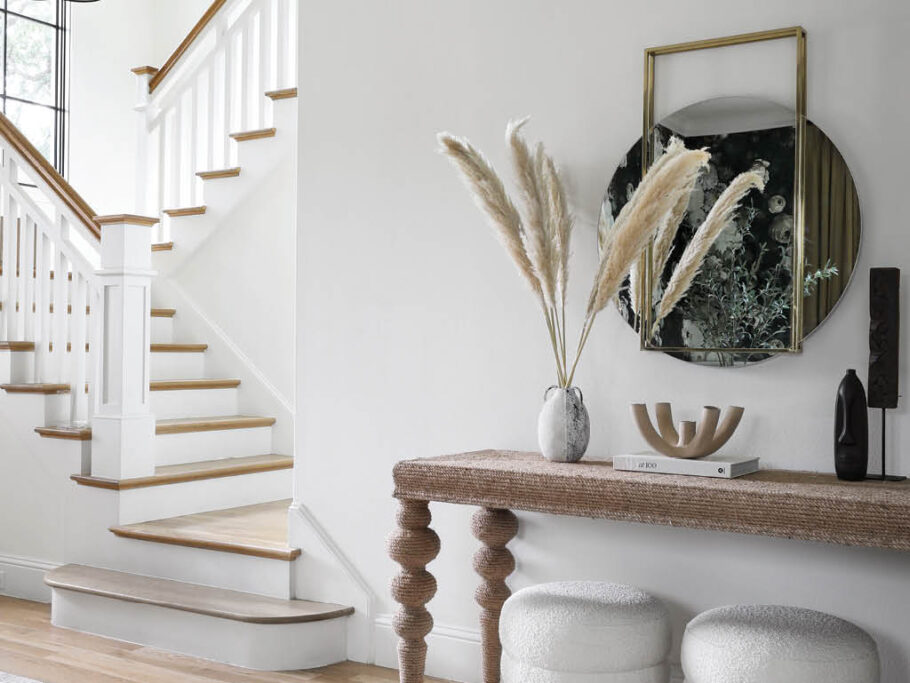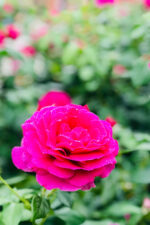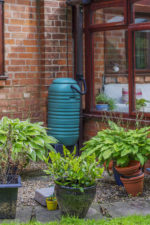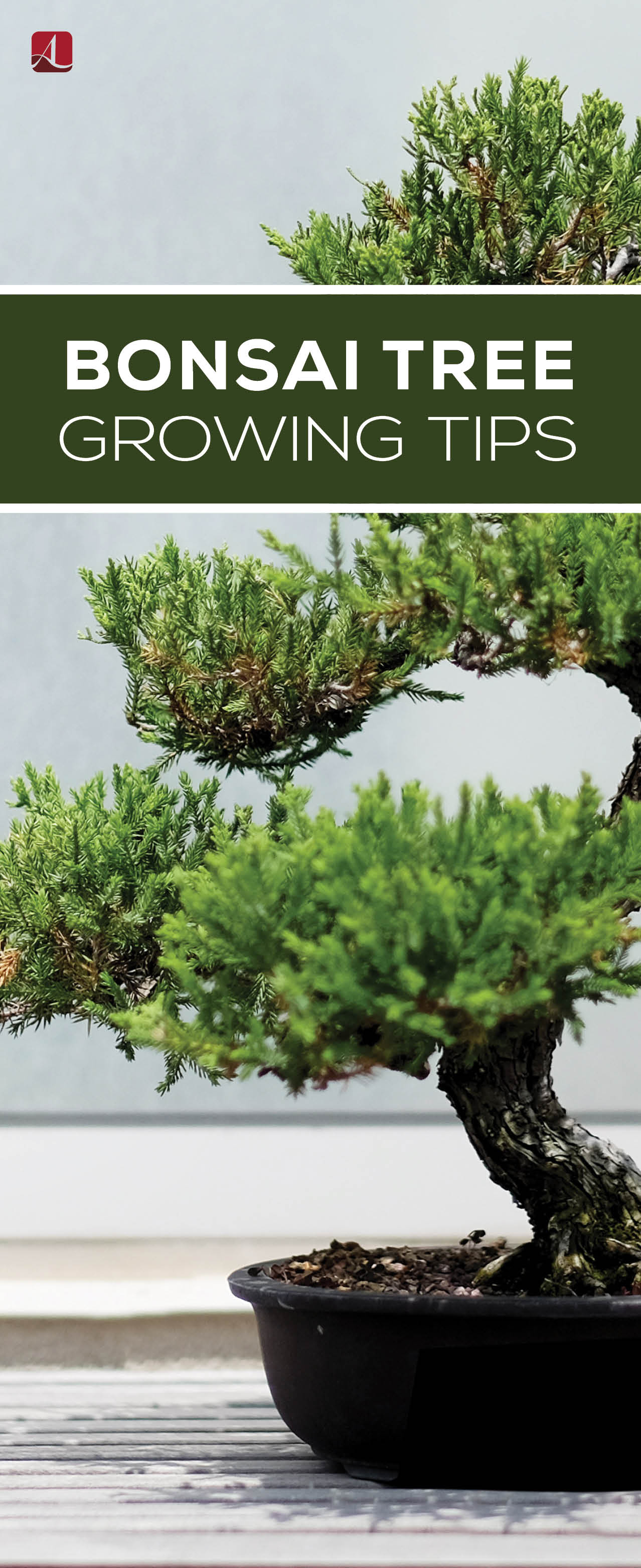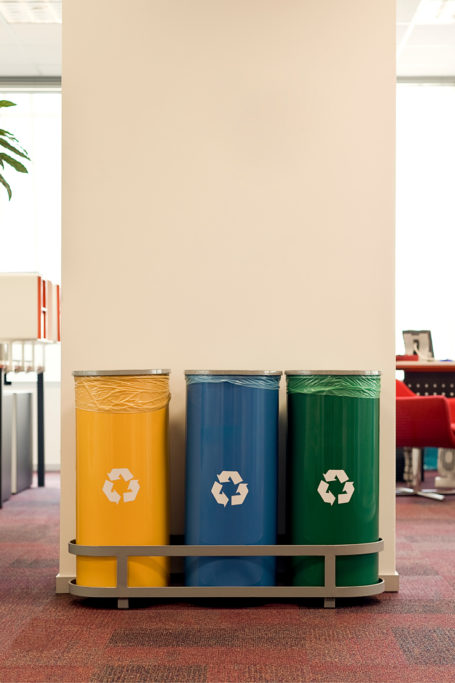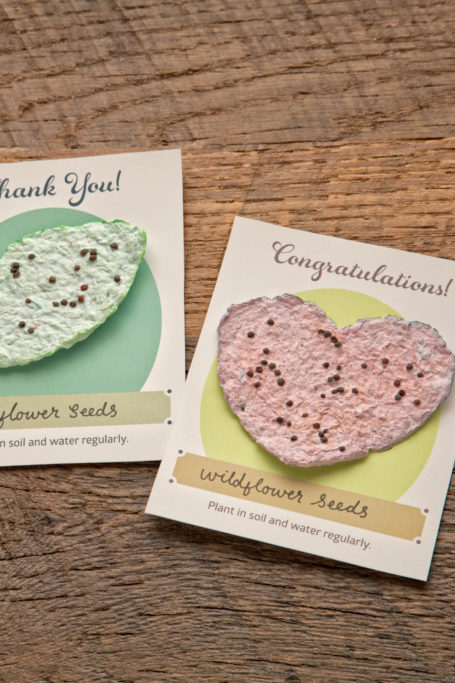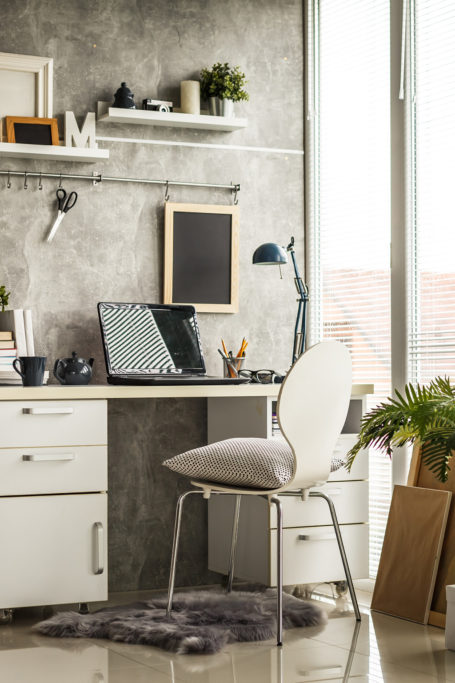Growing Small: Tips for Owning a Bonsai Tree
When it comes to raising your own Bonsai tree, the task can seem a bit challenging. Depending on your experience in raising plants, you might not even think a Bonsai is a feasible option—but maintaining these tiny and beautiful trees is not as hard as you would expect.
There are plenty of varieties of Bonsai that are relatively easy to care for, and few that are actually hard to kill. All it takes is a little know-how and a lot of love.
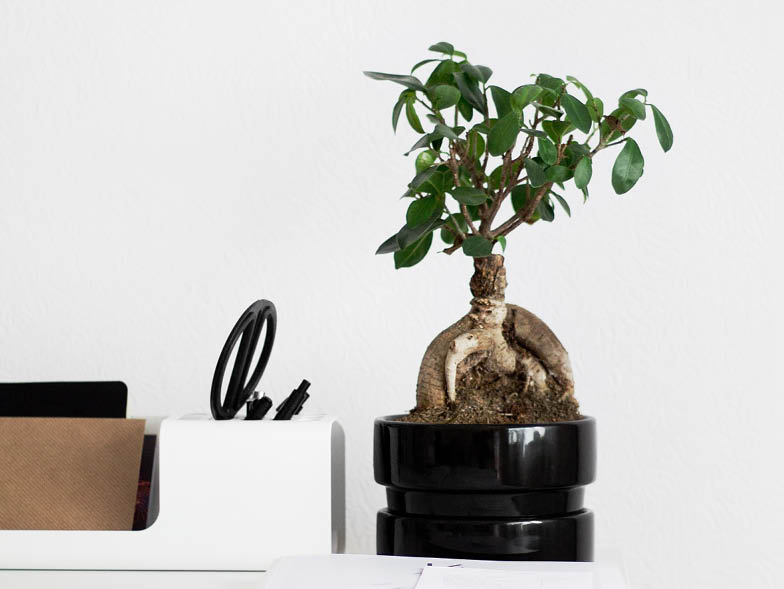
Ginseng Ficus
This miniature variety of fig plant is a beautiful addition to any home or office, and is an ideal Bonsai for beginners. Needing very little maintenance and water, the Ginseng Ficus will grow extremely slowly, and should only need to be repotted every two to three years.
Tips:
- Keep this plant indoors if the temperature in your area regularly drops below 68°
- Prune leaves occasionally, about once a week, and spritz with water every few days. If you notice leaves are starting to yellow, spray with water more frequently.
- Bonsai’s love lots of sun, so be sure to keep this plant by a window or in direct sunlight for at least six hours per day.
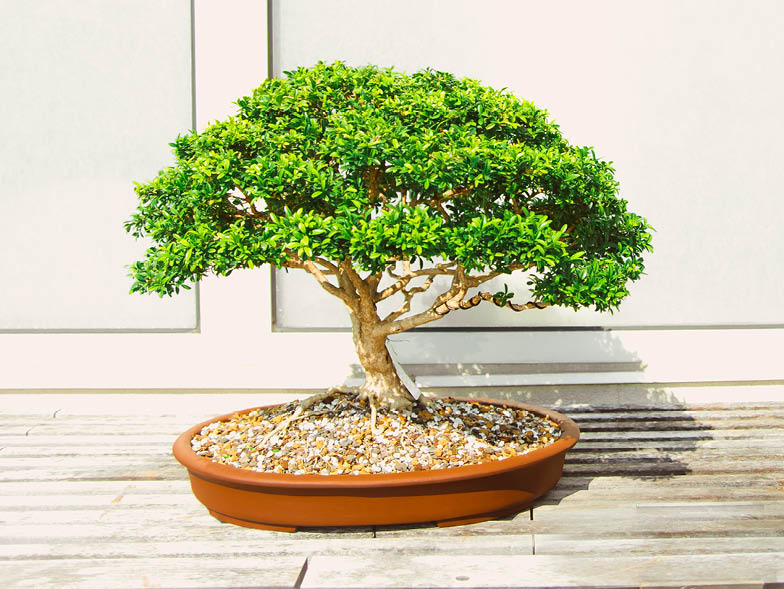
Serissa bonsai
Also known as the Tree of a Thousand Stars for its clusters of star-shaped blooms, this subtropical plant will grow no taller than four feet high, and isn’t particularly temperamental in cool temperatures.
Tips:
- To keep this plant healthy, turn the soil every other week during spring and fall.
- Be careful not to overwater. Misting occasionally works best, but keeping a humidity tray under the plant can also help keep in moisture.
- Though some sun is good, these plants will also do well under an artificial light, but will need shade occasionally.
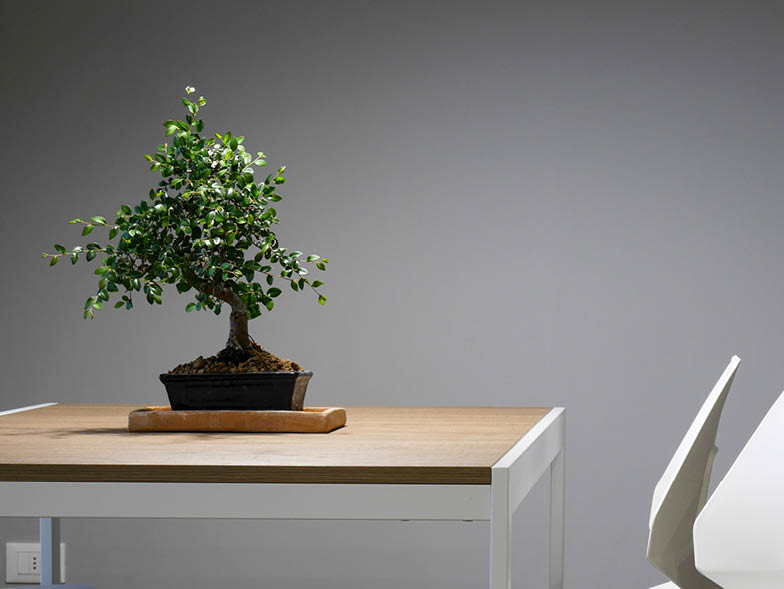
Jade bonsai
The Jade bonsai is one of the most popular for indoor growing, and though it requires an extensive amount of sunlight, it does not require a lot of watering. If you’re the type of plant owner who often forgets to water, this is the bonsai for you.
Tips:
- This plant does not require a lot of soil, but it’s best kept in a deep container to help stabilize the roots.
- The key to keeping a jade bonsai healthy is allowing the roots to dry in between watering. Don’t worry if leaves begin to fall, they will replace themselves quickly.
- The root-over-rock style of planting is good for this plant, as small pebbles won’t hold as much moisture.


